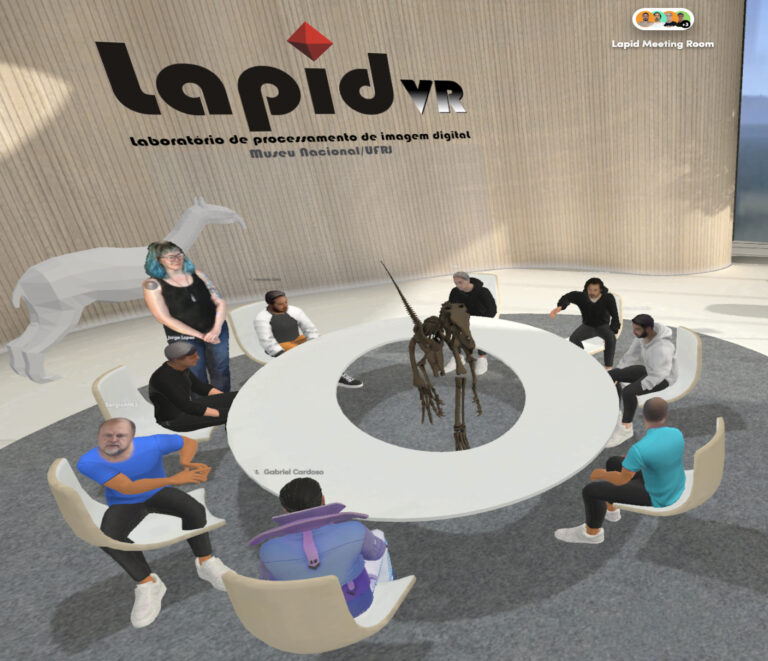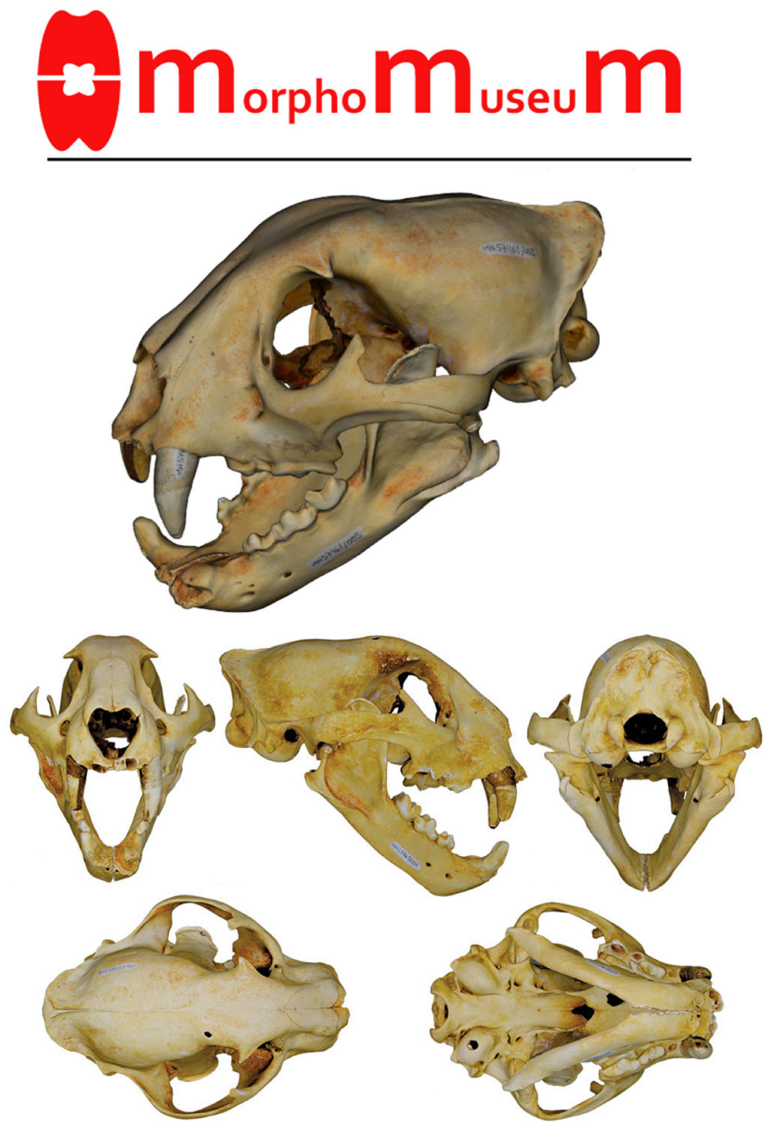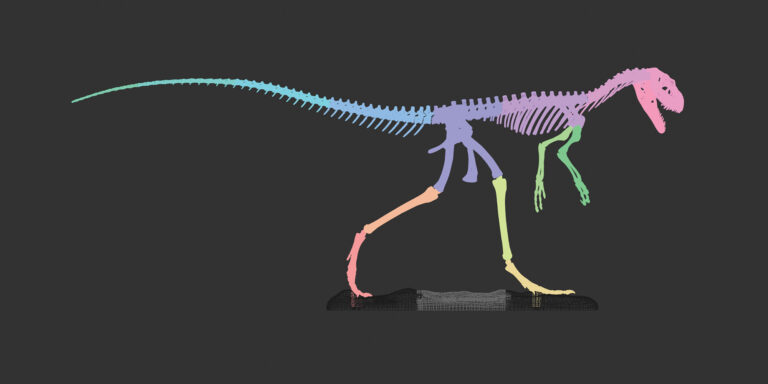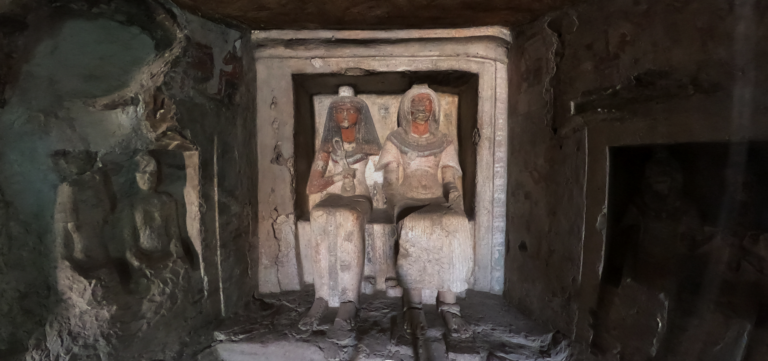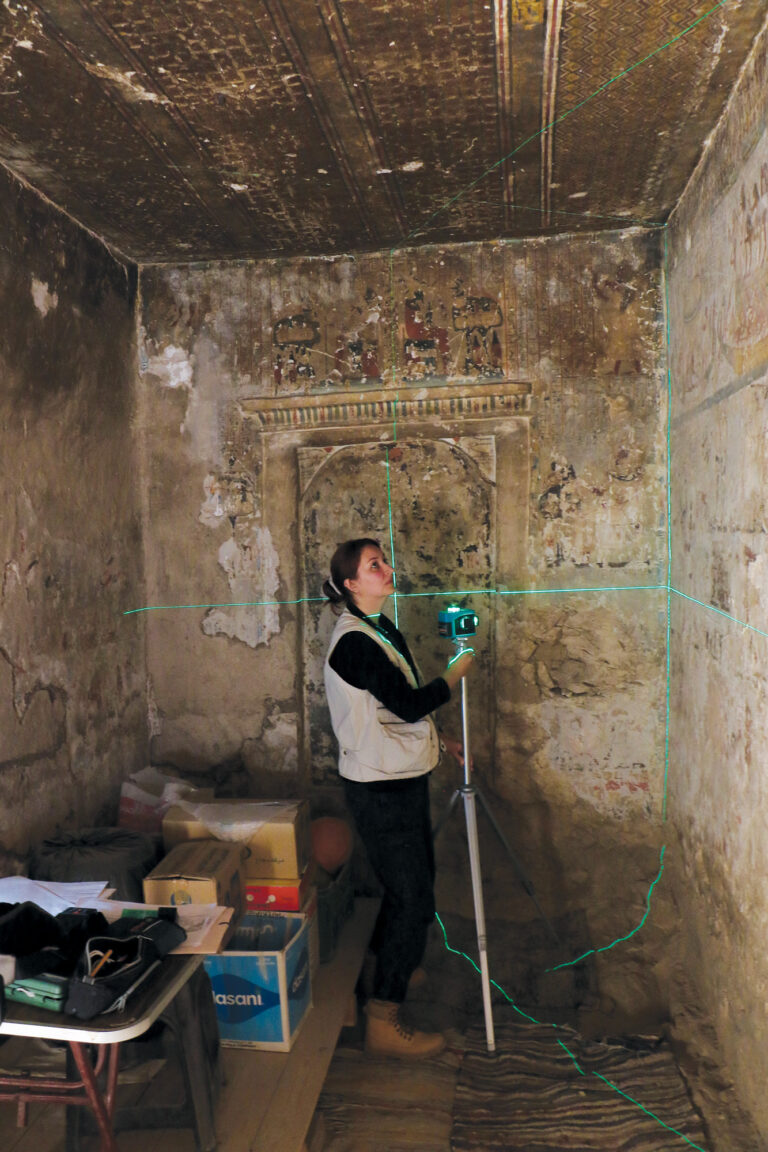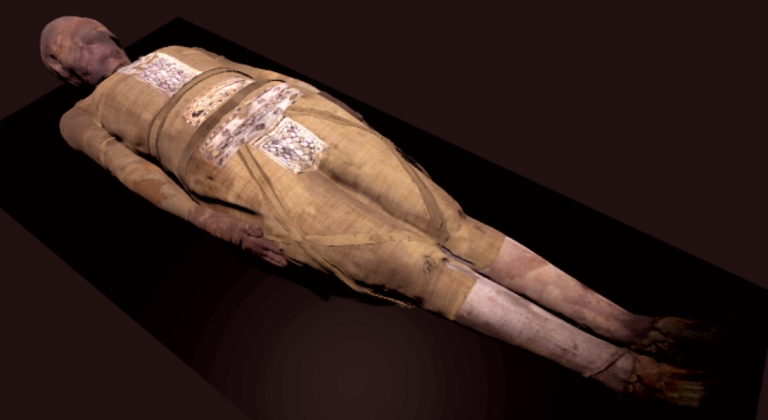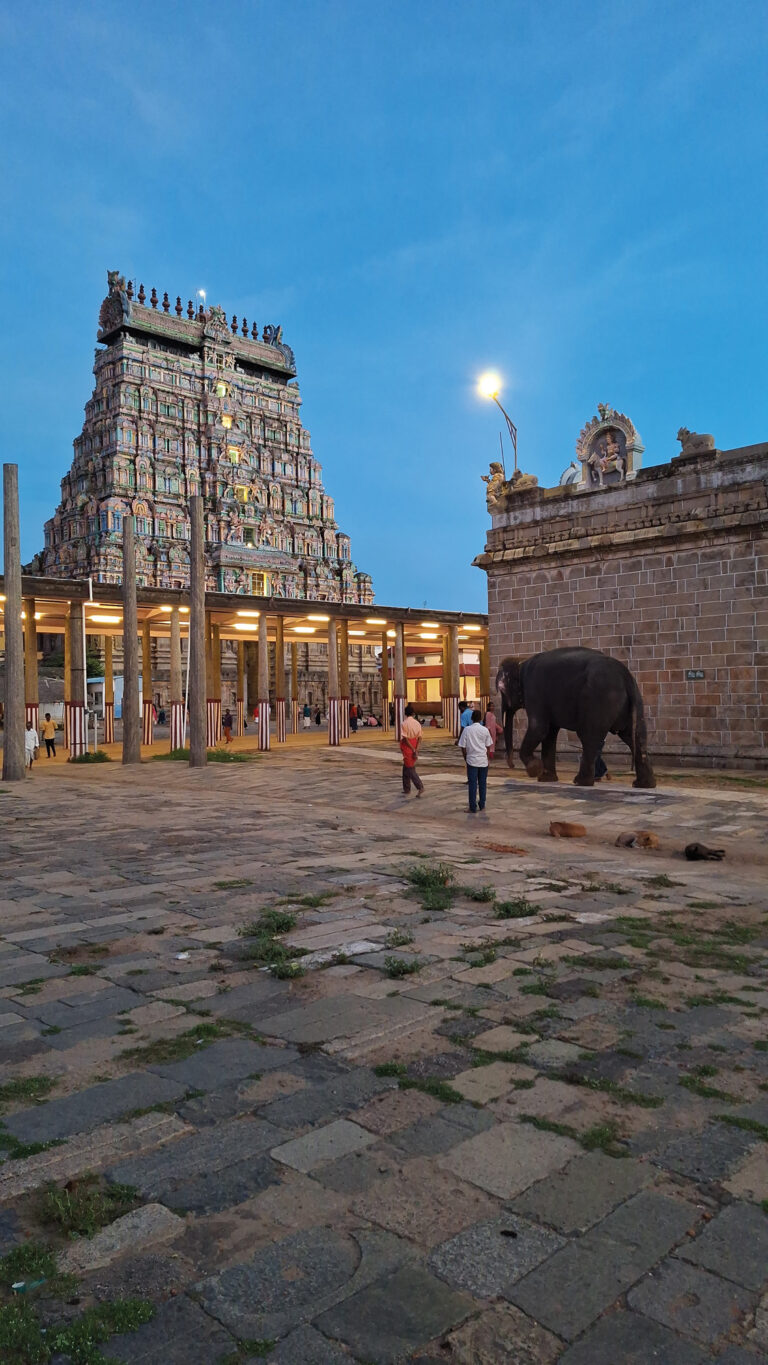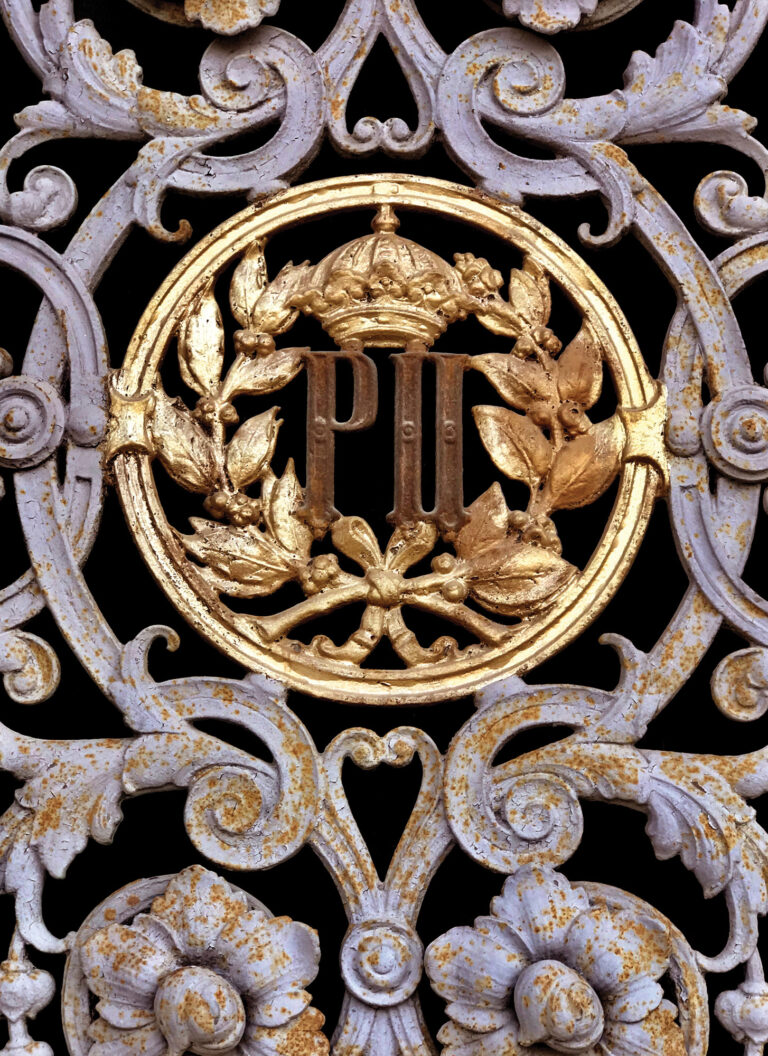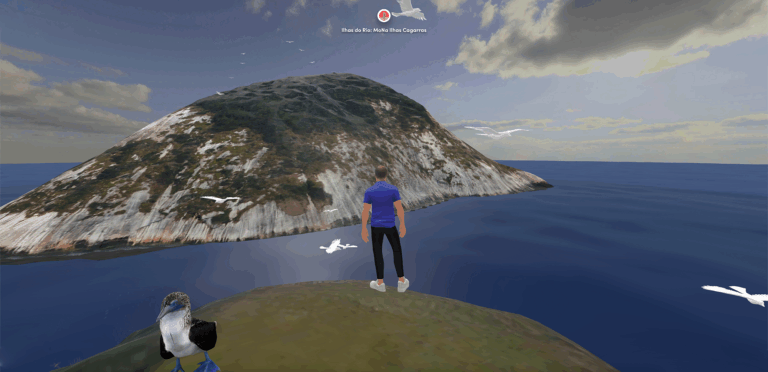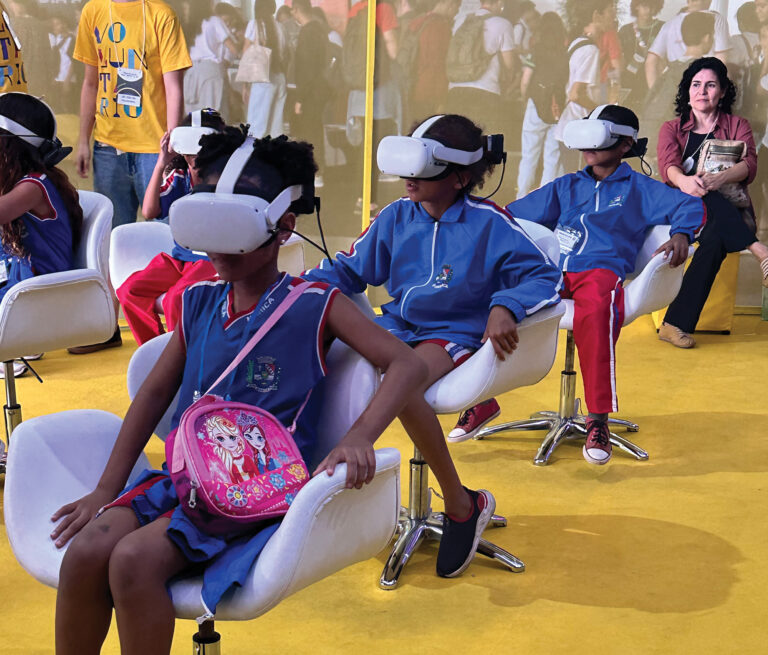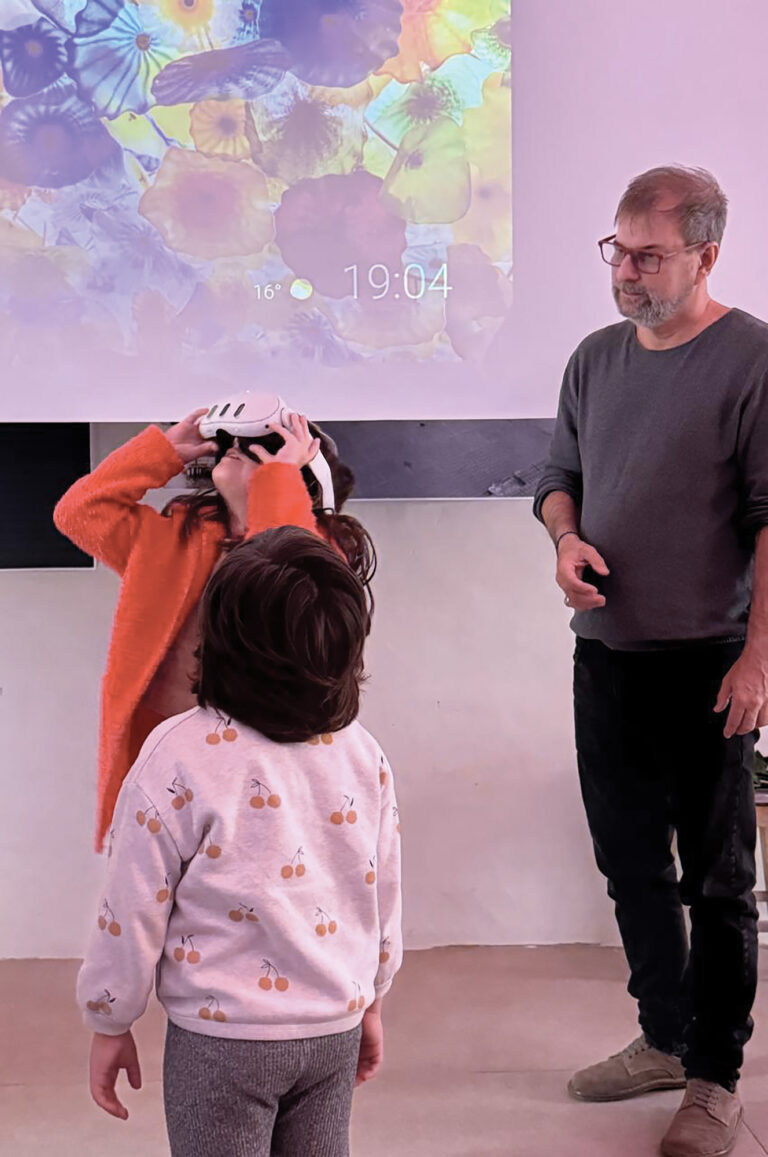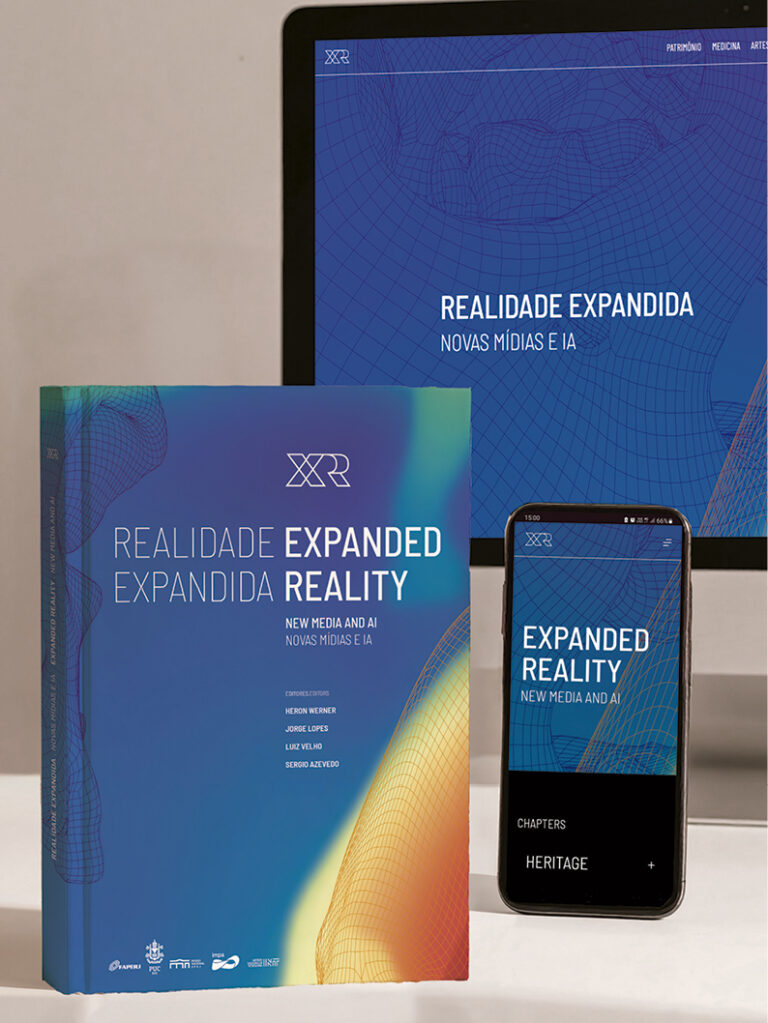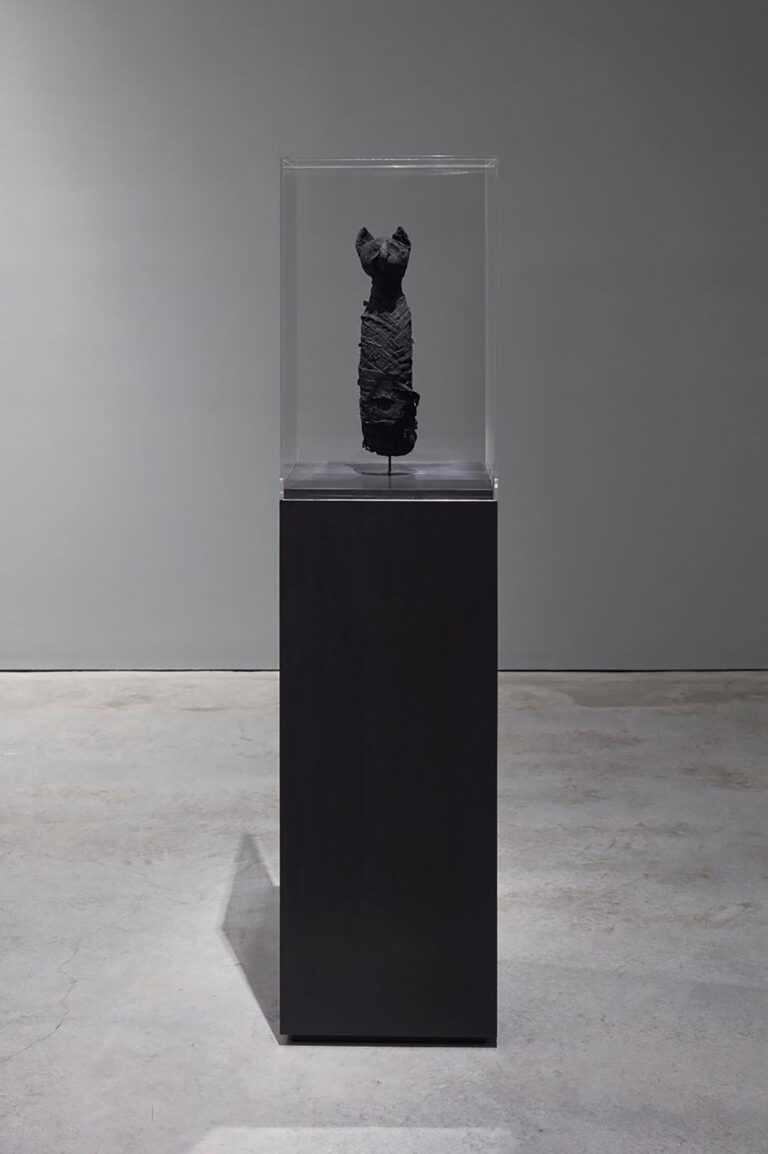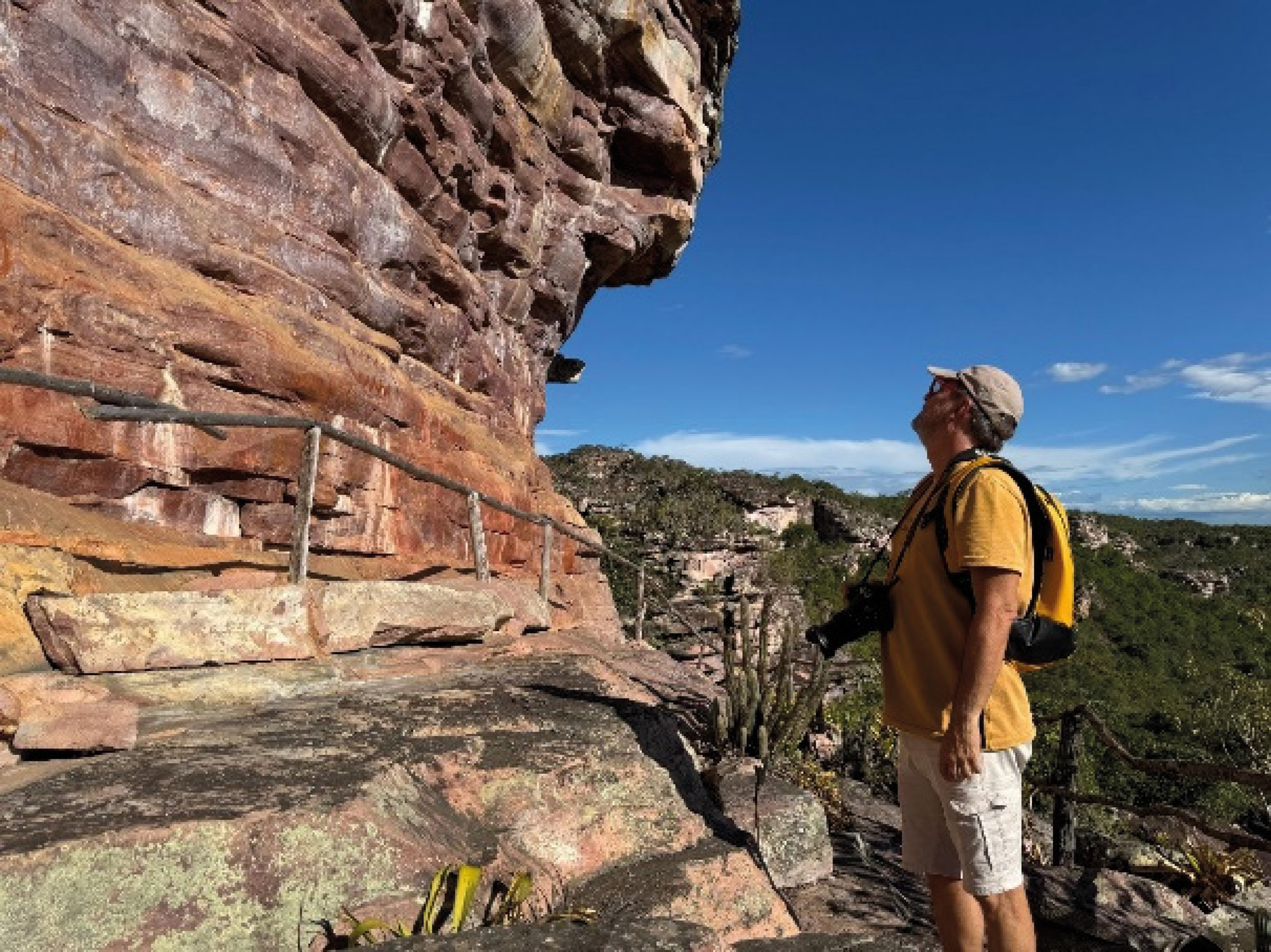
01
As part of an initiative from the foundation to support research projetcs in Rio de Janeiro State – FAPERJ, Brazil, two augmented reality (AR) experiences will be briefly described in order to disseminate the use and application of AR technologies for a non-academic audience. For this article It was selected two experiences done through the combination of 3D laser scanning, photogrammetry and VR/AR glasses.
The first experience was done in the Amazon territory, more specifically in the Marajo island, State of Pará. There, as part of the “Amazonizar” project of PUC Rio, it was possible to visit the “Museu do Marajó”, idealized and created by an Italian Priest called Giovanni Gallo. The museum collection has a very important collection of funerary urns from the Marajoara Culture. (https://museus.pa.gov.br/museus/163/museu-do-maraj)
When visiting the museum, It was possible to demonstrate to the intern students of the Museum, an AR 3D model of a funerary urn, also from the Marajo’s culture, which belonged to the archeological collection of the National Museum of the Federal University of Rio de Janeiro. This urn was 3D scanned through laser 3D scanner in 2015, previous to the unfortunate fire which destroyed part of the museum’s collection in 2018 (this urn was also destroyed by the fire).
Having the 3D virtual file and working with the “unreal engine” it was possible to insert the 3D virtual model of a wall with several ancient drawings on an AR equipment. The experiment shown an urn inserted on a real ambiance of similar urns of the museum at the Marajo museum’s collection. The result to add another funerary urn (even virtually) to the permanent collection of the Museum of Marajo was described as “magic” by the students, who, after the experience became very enthusiastic about the possibilities brought by 3D technologies.
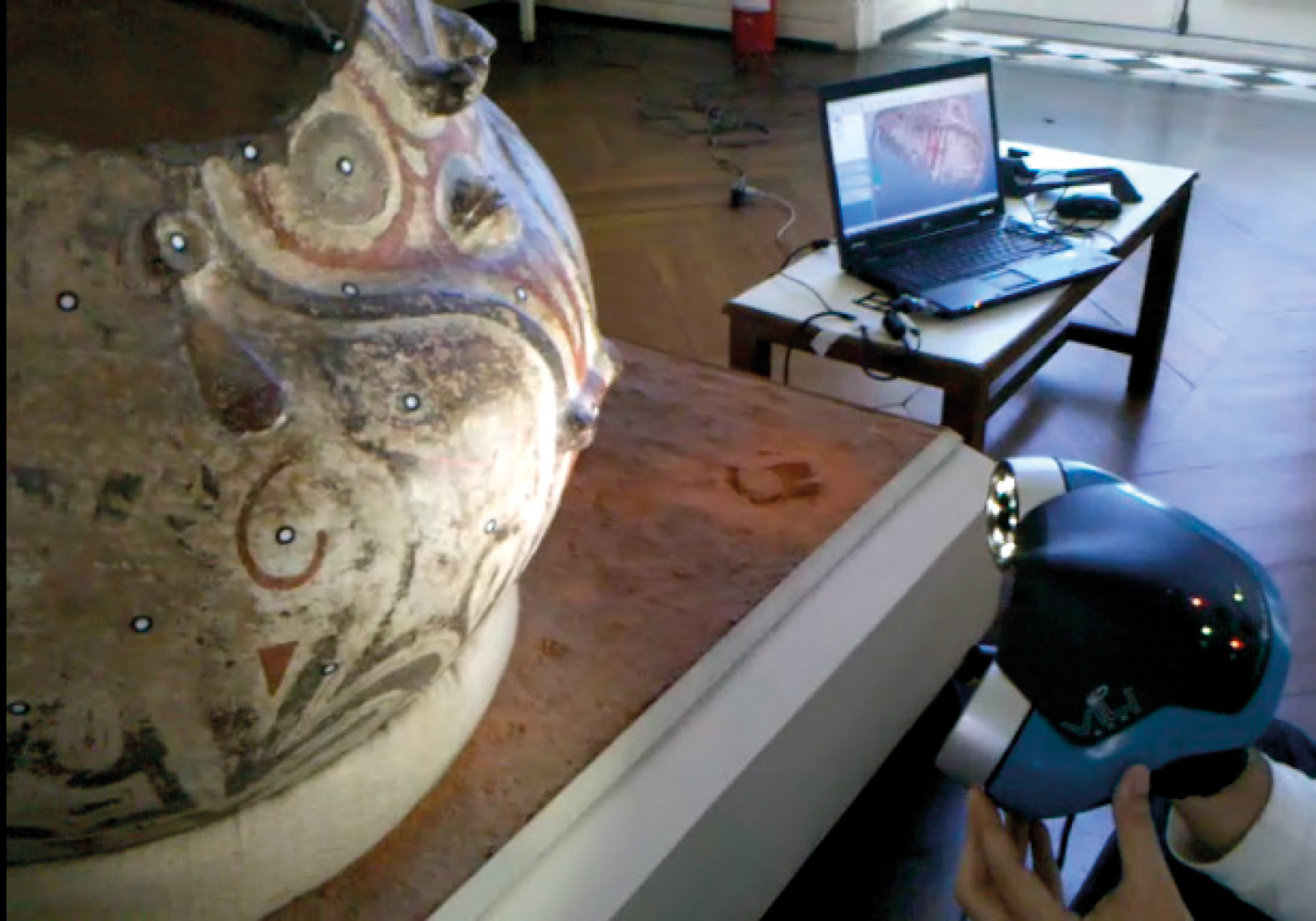
National Museum of the Federal University of Rio de Janeiro, in 2015.
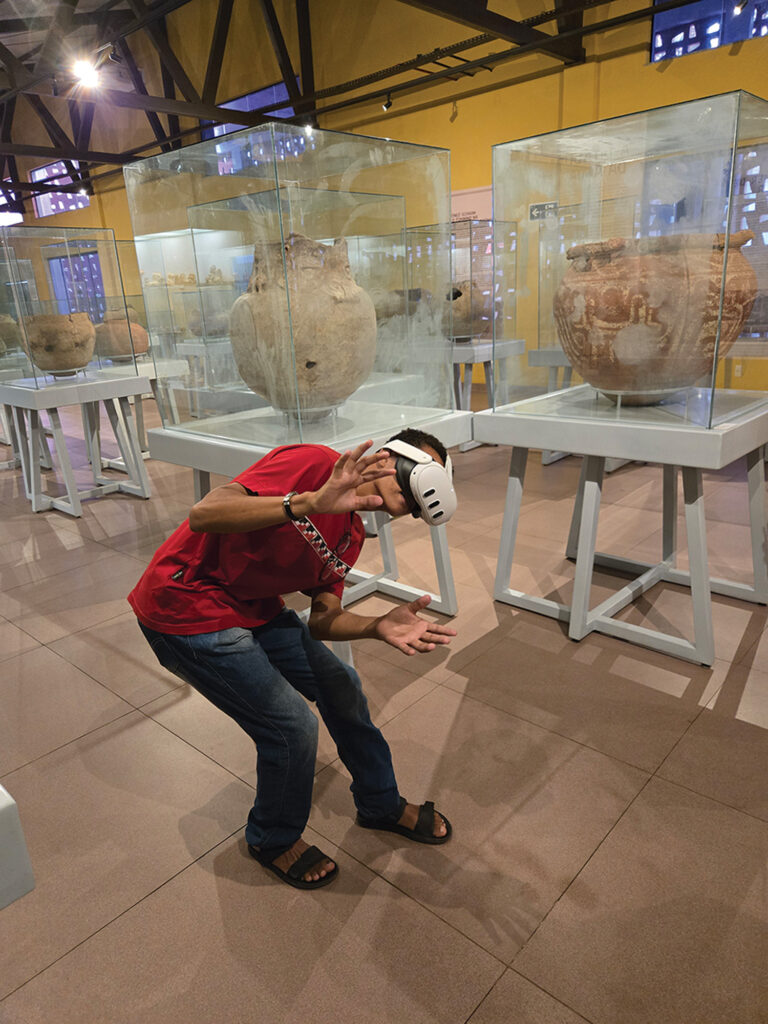
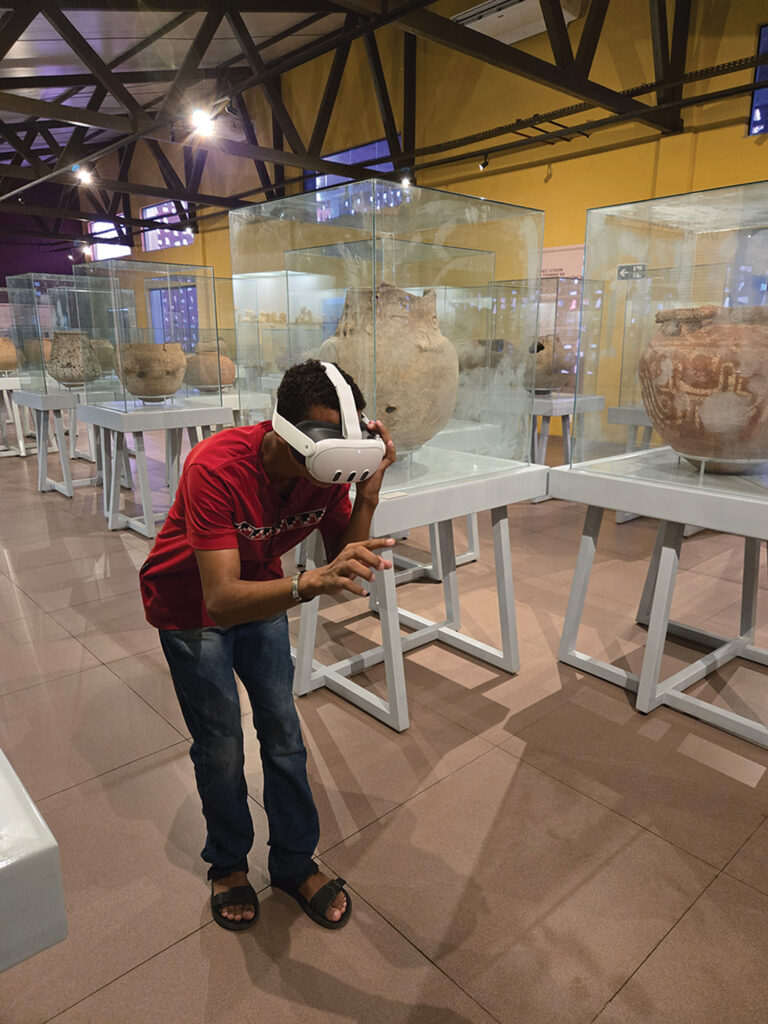
2. https://pueblosoriginarios.com/sur/amazonia/marajo/marajoara.html
02
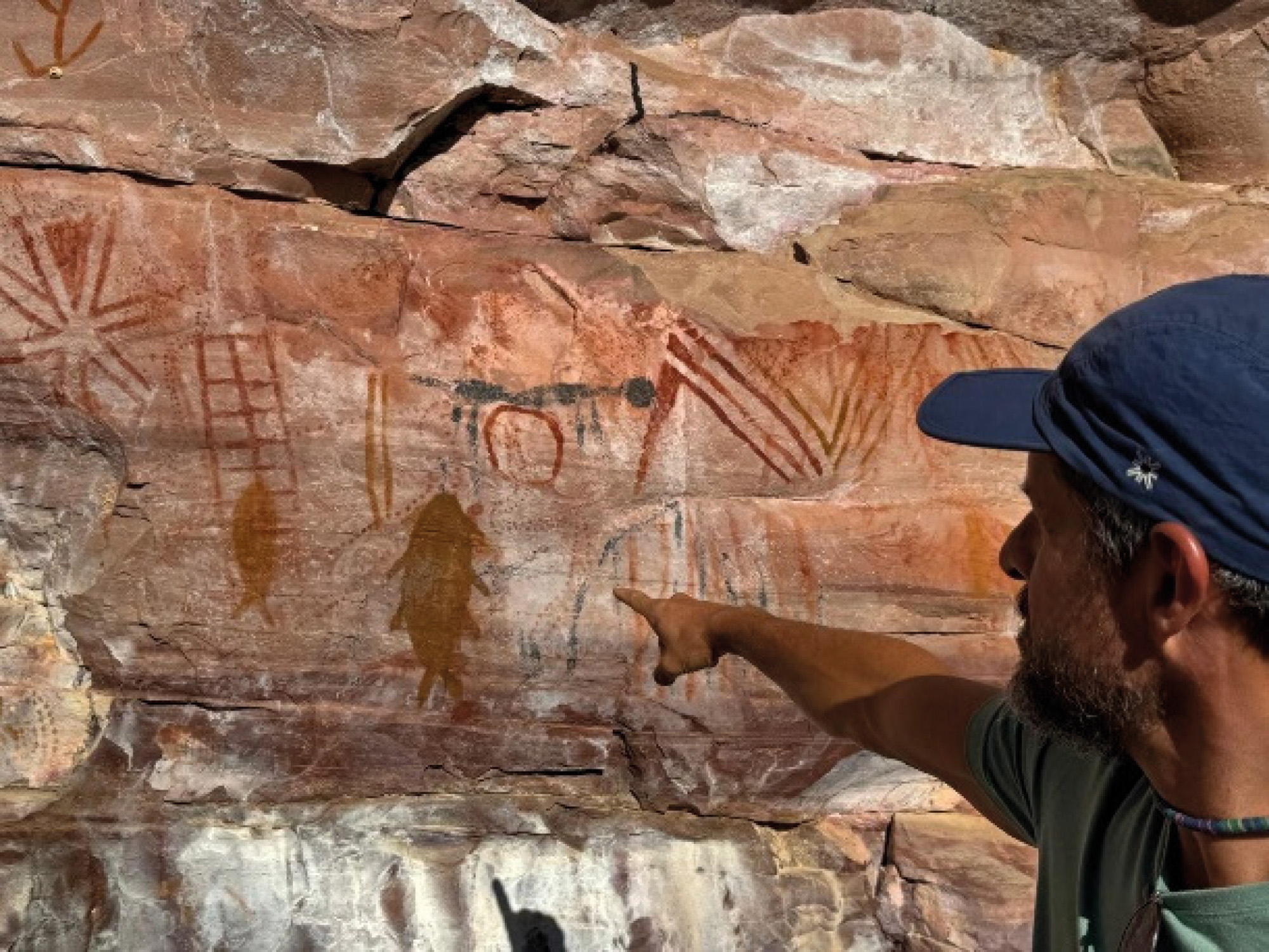
The second experiment was carried out in the north-east of Brazil, at the Serra das Paridas Archaeological Park, a project to publicize and conserve the region’s cultural heritage, located near the Chapada Diamantina National Park, in the municipality of Lençóis, in the state of Bahia, where hundreds of cave paintings have already been mapped and can be seen.
(https://www.serradasparidas.com.br/) .
At the site it was possible to obtain about 100 images of a specific location, to then generate a 3D virtual model through another 3D technology known as photogrammetry. The generated 3D model was then inserted on the different AR glasses through the “unreal engine”.
The result was presented on a class of the Arts and Design Department at PUC Rio, allowing post-graduation students to experiment and visualize, in a high definition quality (as the texture was improved in order to enhance the contrast for a better visualization), a three dimensional virtual immersion, simultaneously among others researchers through AR glasses.
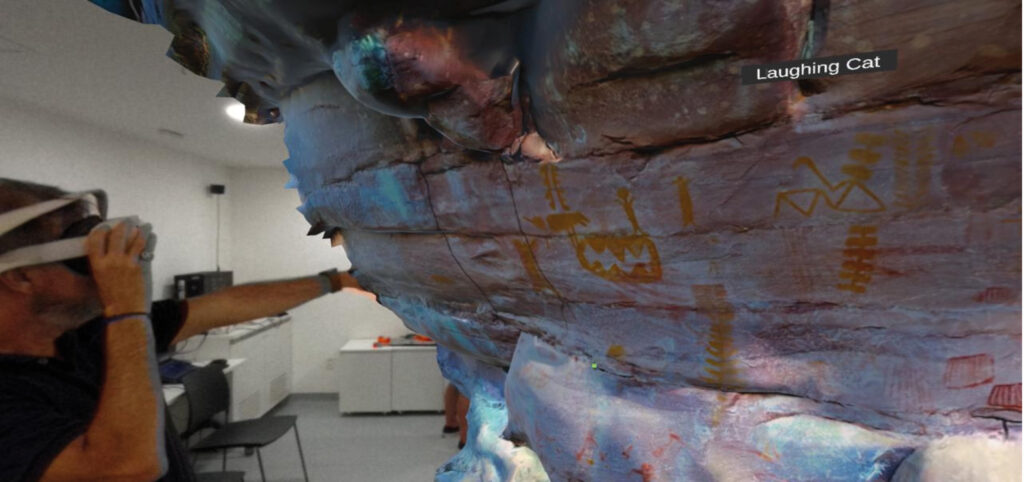
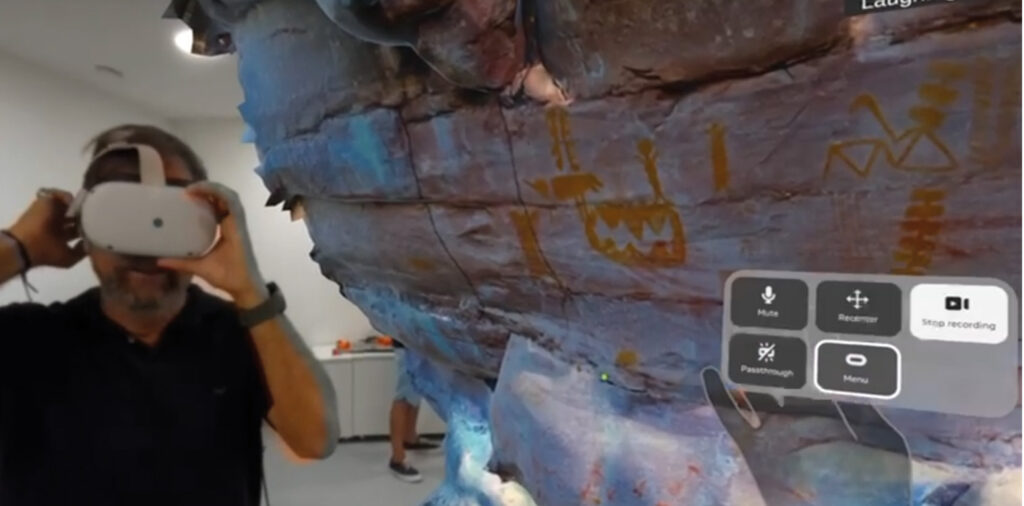
The results of both experiments resulted in a realistic immersion allowing a real on-site experience through AR technologies.
